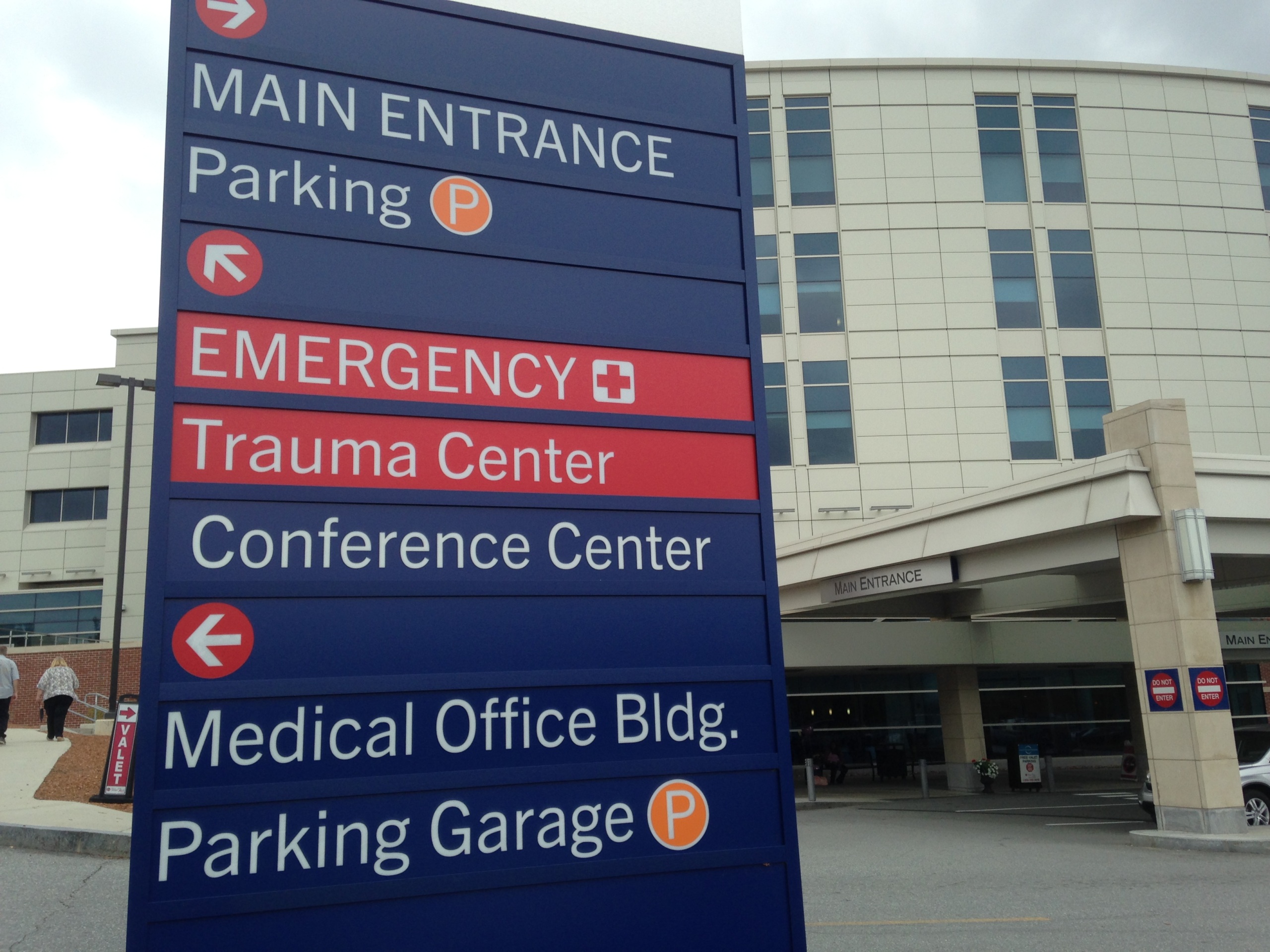
Yes Doctor, But How Much Will It Cost? Potential Benefits of Health Care Price Transparency
Here are two things you probably don’t know about colonoscopies. First, they’re one of the most commonly performed screening exams. Millions of us get colonoscopies each year, but we don’t like to talk about it. Second, you probably don’t know how much a colonoscopy costs, even if you are a patient who has scheduled an exam. That’s because colonoscopies are like most health care services: patients don’t know the cost in advance of receiving care.

Here are two things you probably don’t know about colonoscopies. First, they’re one of the most commonly performed screening exams. Millions of us get colonoscopies each year, but we don’t like to talk about it. Second, you probably don’t know how much a colonoscopy costs, even if you are a patient who has scheduled an exam. That’s because colonoscopies are like most health care services: patients don’t know the cost in advance of receiving care.
A Frontier Group and OSPIRG Foundation report released earlier this year explored improved health care price transparency as a basic consumer right and its potential to help reduce medical spending.
It’s a basic economic principle that consumers who are considering buying something should know the price in advance. And it’s widely acknowledged that consumers who are making decisions about their health should have full information about benefits and risks. But our health care delivery system doesn’t give us useful information about cost. That’s a shame, because price transparency in health care services has a role to play in bringing down the high cost of health care. By one estimate, better price transparency for patients, providers and insurers could reduce health care spending by $100 billion over 10 years.
Without cost information, patients lack the tools to seek out less expensive providers who can reduce spending — for both patients and insurers. Higher-value providers may mean patients have lower out-of-pocket costs and insurers are charged less. And when insurers pay less for care, they have less need to raise our premiums each year.
Some insurers have recognized that helping patients to shop for higher-value providers can produce cost savings. In particular, insurance plan members with high co-pays and deductibles may be motivated to choose less expensive providers – but only if they have access to price information in advance of seeking care. Exams like colonoscopies lend themselves to price shopping, because they are discrete, one-time services that don’t disrupt the established relationship patients already have with their doctor. Insurers could do more to encourage patients to inquire about the cost of non-emergency care, whether checking an insurance website or asking the provider when scheduling an appointment.
Beyond simply posting price information online for members to access, health insurance companies can actively encourage patients to choose a less costly provider. For example, higher-priced providers of MRIs in five metropolitan areas lowered their prices after an insurance company began an aggressive price-transparency effort involving elective MRIs. When patients scheduled an MRI with a more expensive provider, staff at the insurance company called the patient to offer information on nearby, less expensive options and, if the patient agreed, helped schedule a new appointment. For exams paid for by the insurance company, the total cost of MRIs dropped by $200, or 19 percent, per patient compared to a control group. Pretty soon, higher-priced providers realized that they were no longer competitive and lowered their prices. As a result, the cost of an MRI dropped in these five cities, even for patients who were not given price information and did not reschedule to a lower-cost facility.
Health care providers can play an important role in cost reduction too When providers a better understanding of costs , when clinically appropriate, they can factor cost into their action plans. In some settings, such as lab and imaging tests ordered in hospitals, physicians order fewer or less expensive exams when they know how much each will cost.
Providers also have the potential to help patients evaluate how various options will affect both their health and their financial security. In the case of colon cancer screening, a doctor who knew the cost of a colonoscopy versus a noninvasive stool DNA test could help a patient decide which test was the better option.
Information on health care costs shouldn’t be as hard to come by as someone willing to publicly discuss their colonoscopy. Researchers know some of the ways in which improved price transparency can help reduce health care spending while also providing patients with basic information they need to make informed decisions about their health care. Anyone working for wellness – and that means insurance companies, providers and patients – should demand that transparency.
Photo: Public domain. Downloaded from http://www.jber.jb.mil/News/Photos/igphoto/2001492189/.
Topics
Authors
Elizabeth Ridlington
Associate Director and Senior Policy Analyst, Frontier Group
Elizabeth Ridlington is associate director and senior policy analyst with Frontier Group. She focuses primarily on global warming, toxics, health care and clean vehicles, and has written dozens of reports on these and other subjects. Elizabeth graduated with honors from Harvard with a degree in government. She joined Frontier Group in 2002. She lives in Northern California with her son.
Find Out More

Developing the antibiotics we need

How useful are hospital price transparency tools?

More and better testing would protect us from chemical threats

